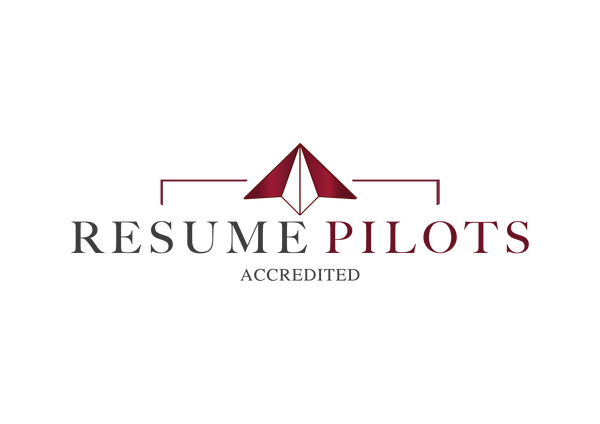
5 Resume Formatting Pitfalls to Avoid
Research shows that recruiters spend just over seven seconds initially reading a resume, so you want to make sure yours stands out.
When push comes to shove, however, you’re being hired based on your ability to do the job - not on your ability to put together a cute, Instagram-ready resume.
As you search for templates, you may come across online resume builders that create modern resumes with multiple columns, colors, and symbols.
We strongly recommend avoiding these gimmicks.
While we acknowledge that graphic resumes are becoming more common, they’re simply too risky a move for most applicants.
From our experience and discussions with recruiters, these design features are often perceived as “trying too hard” and have the potential to land your resume in the bin.
Your resume is a professional document, and as such, we always recommend a modern yet conservative format.
As you apply for jobs in 2020, steer clear of these five resume design trends:
1) Colors
A splash of color will allow you to showcase your personality and help your resume stand out from the stack of boring black and white documents, right?
Not exactly.
Recruiters are busy.
Help them quickly understand whether you are a good fit by leveraging impactful design elements (such as headings and bullet points) and powerful phrasing, which will highlight your main accomplishments and the value you bring to an organization.
Instead of trying to stand out with a splashy turquoise header that unmistakably speaks to your distinctive personality, let your experience speak for itself.
Attempting to impress recruiters with unique designs wastes time that you could use to further refine your content, and it can also make them question your professional judgement.
Land the interview first.
Then, you can showcase your personality and likeability in person.
2) Tables and Multiple Columns
Many applicant tracking systems (AI tools recruiters use to narrow down large applicant pools) cannot accurately pull information from resumes with tables or multiple columns.
If your content is parsed incorrectly, recruiters who use these systems will not be able to accurately search your documents for key skills.
As a result, your resume may end up filtered out by the system and never even be read by an actual human.
Tables and columns also take up excessive space that could otherwise be used to convey additional skills and accomplishments.
By sticking to a traditional resume format, you’ll effectively leverage the minimal space you have available and help your document pass ATS scans.
3) Skills Ratings
Many “modern” resume templates include skills sections that allow you to rate your language or technical skills on a one to five scale using symbols.
For example, you might assign yourself five stars for English and three stars for Spanish, given that you spent a semester in Barcelona.
These ratings don’t tell a recruiter much about your true level of proficiency. In fact, they only serve to highlight your deficiencies.
Instead of telling a recruiter that you’re a 3 out of 5 in Excel, why not provide them with specific examples of ways in which you used Excel on the job instead?
4) Photos and Graphics
Applicant tracking systems can have difficulty processing photos and graphics, so it is best to avoid them.
We never recommend including a photo, especially if your appearance will not have a direct impact on your ability to do the job.
In the US, a photo can even cause a recruiter to reject your resume, as it opens up the potential for bias or discrimination.
That said, hiring managers who are particularly curious what you look like will likely turn to LinkedIn or Facebook, so be sure to convey a professional image on social media.
5) Unconventional Fonts
Because your resume is a personal marketing document, it’s worth taking a moment to reflect on what kind of impression the font you choose to use conveys.
We recommend using traditional serif fonts such as Book Antiqua, Georgia, or Times New Roman, which studies show are not only easier to read but also perceived as more credible.
Appropriate sans-serif options include Arial, Calibri, and Helvetica.
You should choose a font that is standard in Microsoft Word.
In Summary
Your number one priority when applying for a job is to be taken seriously, and your resume is typically your first (and potentially last) impression.
When in doubt, play it safe.
By keeping your resume classy and professional, and you’ll maximize your chances of success.
About Resume Pilots
Resume Pilots is an executive resume writing service that works with driven, successful applicants at all stages of their careers.
Previous clients include finance and pharmaceutical CEOs, senior managers in top consulting firms, and recent graduates working for Fortune 500 companies.
To find out more, visit our website www.resumepilots.com. If you have any further questions, you can either book a consultation call with one of our team, or get in touch via email on team@resumepilots.com

